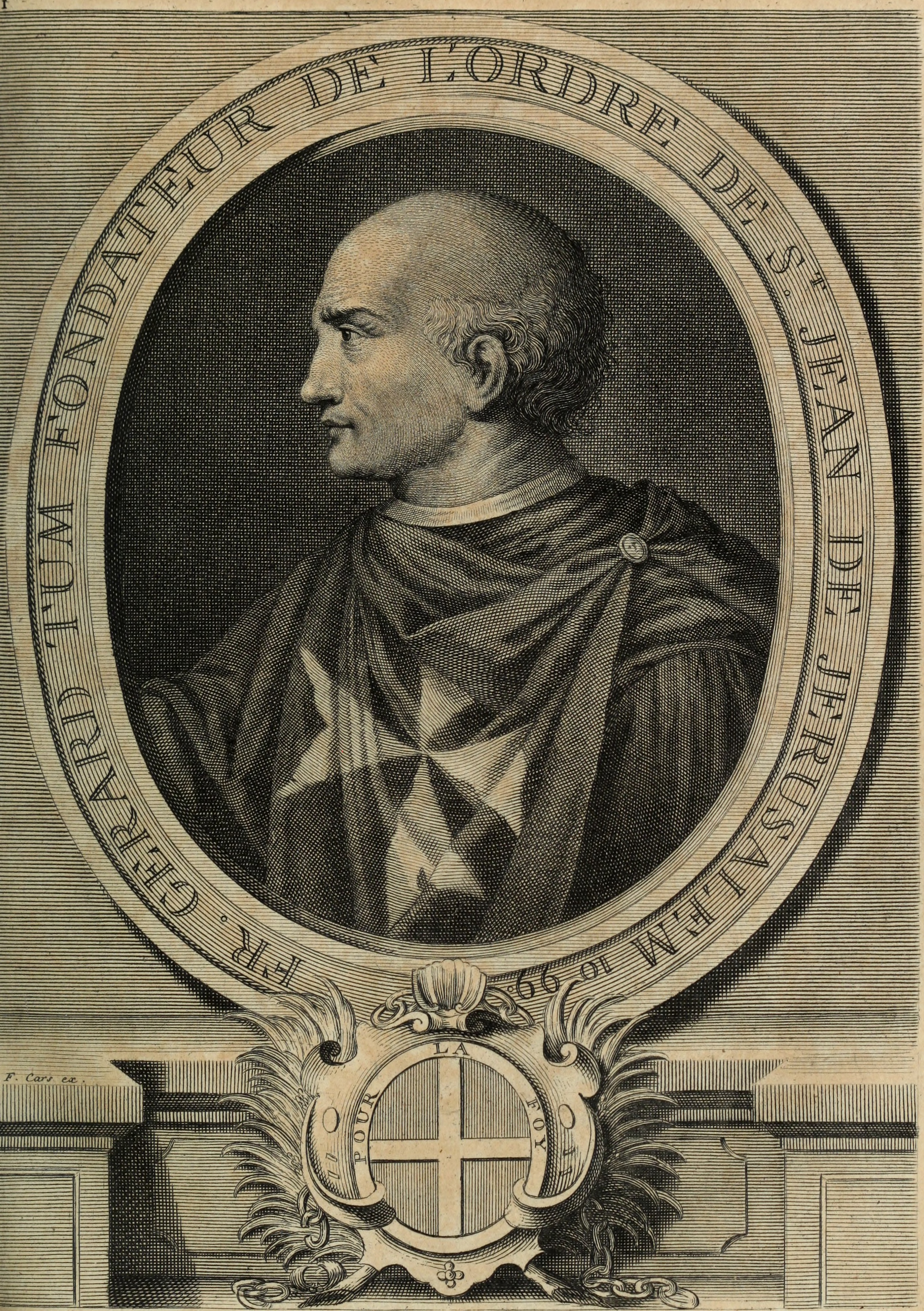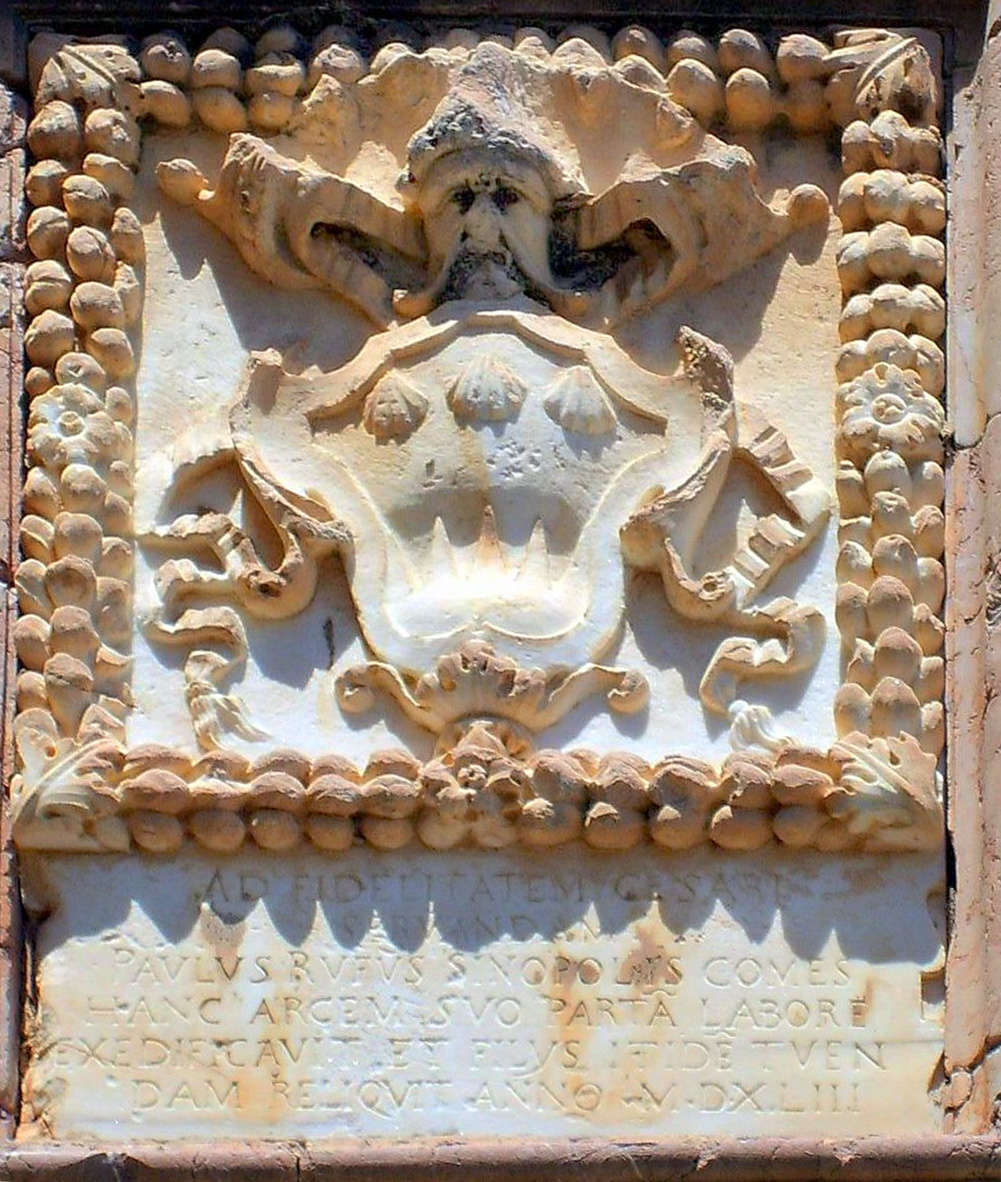|
Mariano Hugo, Prince Of Windisch-Graetz
Mariano Hugo, Prince of Windisch-Graetz (German: ''Mariano Hugo Fürst zu Windisch-Graetz'', Italian: ''Principe Mariano Ugo di Windisch-Graetz''; born 27 July 1955) is the current head of the Austrian''Les Manuscrits du CEDRE V, Le Royaume d'Italie I. Cercle d'Etudes des Dynasties Royales Europėennes'' (CEDRE), Paris, 1992, pp. 196–197 House of Windisch-Graetz. He is currently a member of the Grand Magisterium of the Equestrian Order of the Holy Sepulchre of Jerusalem. A former ambassador of the Sovereign Military Order of Malta to Slovakia, he is also currently the Order's ambassador to Slovenia. He also sits on the council of the Dynastic orders of knighthood for the Royal House of Savoy. Upbringing and family Windisch-Graetz was born at Trieste as the elder son of Maximilian Antonius, Prince of Windisch-Graetz and Donna Maria Luisa "Marilise" Serra di Gerace. His mother was the legitimatised daughter of Gian Battista Serra, 12th Prince of Gerace and ''Donna'' Ma ... [...More Info...] [...Related Items...] OR: [Wikipedia] [Google] [Baidu] |
Windisch-Graetz
The House of Windisch-Graetz, also spelled Windischgrätz, is an ancient Austrian aristocratic family, descending from Windischgrätz in Lower Styria (present-day Slovenj Gradec, Slovenia). The noble dynasty serving the House of Habsburg achieved the rank of ''Freiherren'' in 1551, of Imperial Counts in 1682 and of Princes of the Holy Roman Empire in 1804. As a mediatised house, the family belongs to high nobility. History According to the Almanach de Gotha, the family was first recorded in 1242. They temporarily served as '' ministeriales'' of the Patriarchs of Aquileia, owners of Windischgrätz until the mid 14th century. One Conrad of Windischgracz (d. 1339) acted as a Habsburg administrator in the Habsburg Duchy of Styria from 1323 onwards. The family owned Thal, Styria a former Von Graben possession, between 1315 and 1605. In 1574 the dynasty obtained '' Inkolat'' in Bohemia; later, however, several members converted to Lutheranism and lost their estates in the cours ... [...More Info...] [...Related Items...] OR: [Wikipedia] [Google] [Baidu] |
Sovereign Military Order Of Malta
The Sovereign Military Order of Malta (SMOM), officially the Sovereign Military Hospitaller Order of Saint John of Jerusalem, of Rhodes and of Malta, and commonly known as the Order of Malta or the Knights of Malta, is a Catholic lay religious order, traditionally of a military, chivalric, and noble nature. Though it possesses no territory, the order is often considered a sovereign entity under international law. The Order traces its institutional continuity with the Knights Hospitaller, a chivalric order that was founded about 1099 by the Blessed Gerard in the Kingdom of Jerusalem. The order is led by an elected prince and grand master. Its motto is ("Defence of the faith and assistance to the poor"). The government of the Sovereign Order of Malta has a similar structure to state governments. However, it also includes specific features associated with its nature as a lay religious order, as well as particular terminology evolved from nine centuries of history. The ... [...More Info...] [...Related Items...] OR: [Wikipedia] [Google] [Baidu] |
House Of Fürstenberg
A house is a single-unit residential building. It may range in complexity from a rudimentary hut to a complex structure of wood, masonry, concrete or other material, outfitted with plumbing, electrical, and heating, ventilation, and air conditioning systems.Schoenauer, Norbert (2000). ''6,000 Years of Housing'' (rev. ed.) (New York: W.W. Norton & Company). Houses use a range of different roofing systems to keep precipitation such as rain from getting into the dwelling space. Houses generally have doors or locks to secure the dwelling space and protect its inhabitants and contents from burglars or other trespassers. Most conventional modern houses in Western cultures will contain one or more bedrooms and bathrooms, a kitchen or cooking area, and a living room. A house may have a separate dining room, or the eating area may be integrated into the kitchen or another room. Some large houses in North America have a recreation room. In traditional agriculture-oriented societies, domes ... [...More Info...] [...Related Items...] OR: [Wikipedia] [Google] [Baidu] |
Queen Paola Of Belgium
Paola Margherita Maria-Antonia Consiglia dei Principi Ruffo di Calabria (born 11 September 1937) is a member of the Belgian royal family who was List of Belgian royal consorts, Queen of the Belgians during the reign of her husband, Albert II of Belgium, King Albert II, from 9 August 1993 to 21 July 2013. Early life and family background Paola Margherita Maria-Antonia Consiglia Ruffo di Calabria was born in Forte dei Marmi, Tuscany, Italy, the seventh and youngest child of Fulco Ruffo di Calabria, Fulco, Prince Ruffo di Calabria, 6th Duke of Guardia Lombarda (1884–1946), who was a List of World War I flying aces by nationality, World War I Italian flying ace.''Genealogisches Handbuch des Adels, Fürstliche Häuser'' XVI. "Ruffo". C.A. Starke Verlag, 2001, pp. 522–529. . Her mother was :it:Luisa Gazelli di Rossana, Donna Luisa Gazelli dei Conti di Rossana e di Sebastiano (1896–1989), a matrilineality, matrilineal descendant of the Gilbert du Motier, marquis de Lafayette, Ma ... [...More Info...] [...Related Items...] OR: [Wikipedia] [Google] [Baidu] |
Ruffo Di Calabria
The House of Ruffo di Calabria is the name of an ancient, one of the most prominent and longest-standing Italian noble families. History It was already one of the seven most important houses of the Kingdom of Naples. B. Filangieri di Candida Gonzaga, ''op.cit'', ad voces; Spreti, ''op.cit'', ad voces) Their most notable members include 's patron Antonio Ruffo, Russian princess |
House Of Carafa
Carafa or Caraffa is the name of an old and influential Naples, Neapolitan aristocratic family of Italian nobles, clergy, and men of arts, known from the 12th century. Divided into numerous branches, the main and most important of which are the Carafa della Spina and the Carafa della Stadera, and decorated with the highest titles, it reached the height of its power with the 1555 election to the papal throne of Gian Pietro Carafa, with the name of Pope Paul IV. History The House of Carafa is a cadet branch of the noble House of Caracciolo, one of the most prominent families of the Naples, Neapolitan nobility. The family rose to prominence in the Kingdom of Naples during the 14th century and established itself as one of the leading noble families of southern Italy in the 15th century. Across the time, the family split in many lines, the most important being the Princes of Roccella, the Dukes of Andria and Counts of Ruvo di Puglia, Ruvo, the Princes of Stigliano, the Dukes of Mad ... [...More Info...] [...Related Items...] OR: [Wikipedia] [Google] [Baidu] |
Gerace
Gerace (; , also known as ) is a town and ''comune'' in the Metropolitan City of Reggio Calabria, Calabria, southern Italy. Gerace is located some inland from Locri, yet the latter town and the sea can be seen from Gerace's perch atop a vertical rock. The town stands on a hill formed of conglomerates of sea fossils from 60 million years ago. It is one of I Borghi più belli d'Italia ("The most beautiful villages of Italy"). History The name of the city derives from the Greek ''hierax'' (ἱέραξ) ("sparrowhawk"). According to a legend, the inhabitants of the coast, fleeing from a Saracen attack in 915 CE, were led by a sparrowhawk to the mountains commanding the area of Locri, and here they founded the city. Archeological findings showed that the area was in fact inhabited since the Neolithic Age; also traces of Sicel presence have been found. Later, even during the highest splendour of Locri, the hill was inhabited and was later the site of a Roman military garrison. Afte ... [...More Info...] [...Related Items...] OR: [Wikipedia] [Google] [Baidu] |
Legitimation
Legitimation, legitimization ( US), or legitimisation ( UK) is the act of providing legitimacy. Legitimation in the social sciences refers to the process whereby an act, process, or ideology becomes legitimate by its attachment to norms and values within a given society. It is the process of making something acceptable and normative to a group or audience. Legitimate power is the right to exercise control over others by virtue of the authority of one's superior organizational position or status. Power and influence For example, the legitimation of power can be understood using Max Weber's traditional bases of power. In a bureaucracy, people gain legitimate use of power by their positions in which it is widely agreed that the specified person hold authority. There is no inherent right to wield power. For example, a president can exercise power and authority because the position is fully legitimated by society as a whole. In another example, if an individual attempts to conv ... [...More Info...] [...Related Items...] OR: [Wikipedia] [Google] [Baidu] |
Don (honorific)
The terms Don (in Spanish language, Spanish and Italian language, Italian), Dom (in Portuguese language, Portuguese), and Domn (in Romanian language, Romanian), are honorific prefixes derived from the Latin language, Latin ''Dominus'', meaning "lord" or "owner". The honorific is commonly used in Spain, Portugal, and Italy, as well as in the Spanish-speaking world and Portuguese-speaking world, as well as some other places formerly colonized by Spain or Portugal. The feminine equivalents are (), (), (Romanian) and (). The term is derived from the Latin : a master of a household, a title with background from the Roman Republic in classical antiquity. With the abbreviated form having emerged as such in the Middle Ages, traditionally it is reserved for Catholic clergy and nobles, in addition to certain educational authorities and persons of high distinction. Spanish-speaking world In Spanish, although originally a title reserved for royalty, select nobles, and church hierarch ... [...More Info...] [...Related Items...] OR: [Wikipedia] [Google] [Baidu] |
House Of Savoy
The House of Savoy (, ) is a royal house (formally a dynasty) of Franco-Italian origin that was established in 1003 in the historical region of Savoy, which was originally part of the Kingdom of Burgundy and now lies mostly within southeastern France. Through gradual expansions, the family grew in power, first ruling the County of Savoy, a small Alpine county northwest of Italy, and later gaining absolute rule of the Kingdom of Sicily. During the years 1713 to 1720, they were handed the Kingdom of Sardinia (1324–1720), Kingdom of Sardinia and would exercise direct rule from then onward as Piedmont–Sardinia, which was the legal predecessor state of the Kingdom of Italy, which in turn is the predecessor of the present-day History of the Italian Republic, Italian Republic. From rule of a region on the French–Italian border, by the time of the abolition of monarchy in Italy, the dynasty's realm grew to include nearly all of the Italian peninsula. Through its junior branch of Sa ... [...More Info...] [...Related Items...] OR: [Wikipedia] [Google] [Baidu] |





